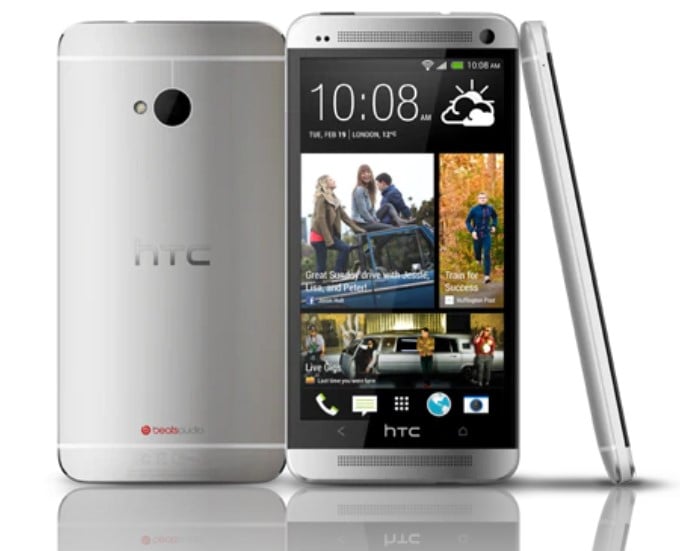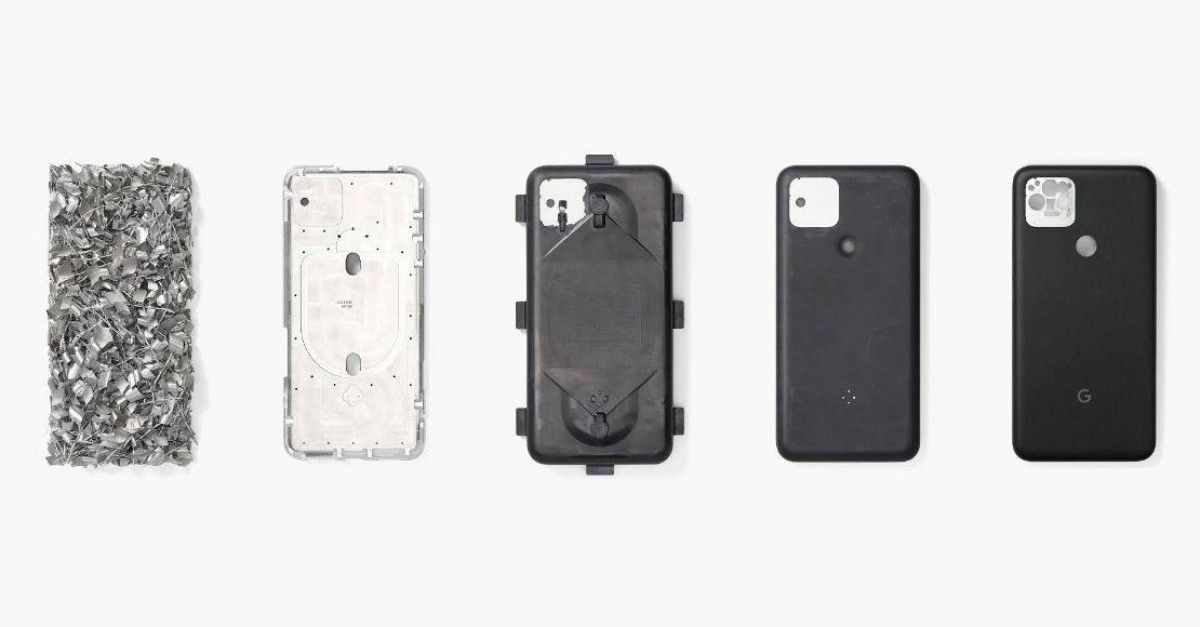There was a time most phones had a metal back, and some notable ones such as the HTC One M7 and the Huawei-made Nexus 6P had a standout design. However, things have changed, and these days, several phones in the mid-range segment and most in the flagship category are covered in glass on both sides. But there is a chance that phones with metal back housing may make a return, thanks to the Google Pixel 5.

Google’s Pixel 5 – first of the new age metal-clad phones?
Google took a different route with the launch of the Pixel 5. Unlike its predecessors, the phone is not a flagship but falls in the premium mid-range category. However, that is not the only change. The Pixel 5 also drops the Gorilla Glass back of its predecessors for an aluminum one while still retaining support for wireless charging, thus putting an end to the age-long belief that phones with wireless charging support can’t have a metal back cover.

Google did explain how it was able to achieve wireless charging on the Pixel 5. It turns out that the back panel has a cut-out where the wireless charging coil is placed. They then coated the panel with a layer of bio-resin and smoothened it out, thus hiding the coil before applying the final coat of paint. Smooth, right?
![]()
The big question now is will we see more manufacturers adopt a similar technique, thus marking the return of metal phones? First, let us look at the advantages and disadvantages of metal.
EDITOR’S PICK: 50W Fast Wireless Charging Showdown: Mi 10 Ultra versus Mate 40 Pro
Advantages of Metal
- Affordable – Metal is more affordable, especially in the long run, unlike glass which is expensive to replace when damaged. Take for example the iPhone 11 and Galaxy S20 series whose rear glass housing costs $129 and $99 respectively to replace. Other phones are less expensive to repair such as that of the OnePlus 8T which costs $38 to replace its rear glass housing.
- Durable – Metal is more durable than plastic and glass. It can take a beating and survive drops better than other materials.
- Lightweight – Just because a phone is made of metal doesn’t mean it is going to weigh a ton. The Pixel 5 weighs 151 grams even with its 4080mAh battery compared to the iPhone 12 Pro which weighs 189 grams and has a smaller 2815mAh battery.
Disadvantages of Metal
- Heating – this is one of the main problems of metal phones even though metal is supposed to better help with heat dissipation. However, in the last few years, manufacturers have come up with better cooling methods such as liquid cooling, air cooling, use of graphite sheets, and cooling accessories which should help lower the temperature better than before.
- Interference – Metal is known to block frequency waves which is why metal phones usually have the antenna area covered in a different material or have antenna bands that allow signals to reach the antennas inside the device. However, manufacturers have found ways to solve this, so it is no longer a problem.
Seeing as the issues associated with metal phones already have solutions, there is nothing stopping manufacturers from switching to metal.
Conclusion
While we don’t expect every manufacturer to ditch glass and jump back to metal just because there is now a way to add wireless charging to phones with metal back housings, Google has shown with the Pixel 5’s that there is more than one way to do things. And if manufacturers are trying to make more durable phones that don’t break the bank, they can switch to metal and come up with creative finishes that also accentuate the appearance of the phone.
UP NEXT: Xiaomi announces 80W wireless charging technology that fully charges 4000mAh battery in 19 minutes





